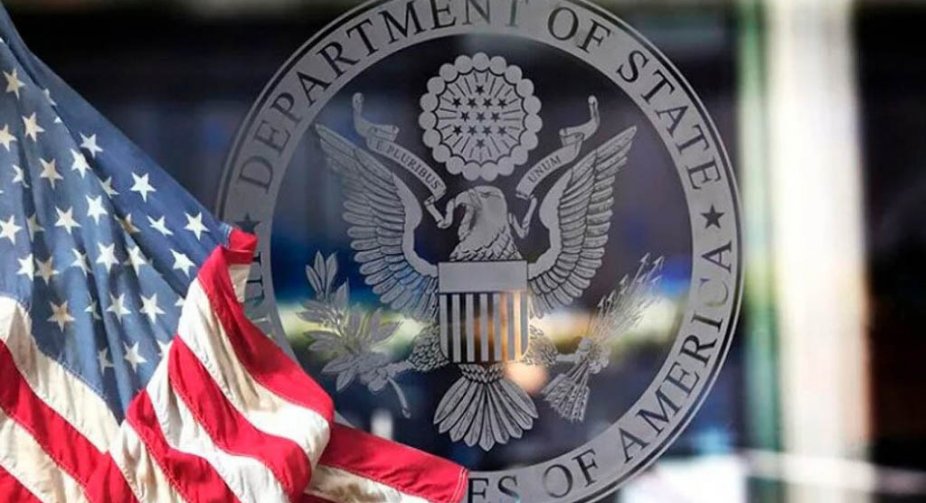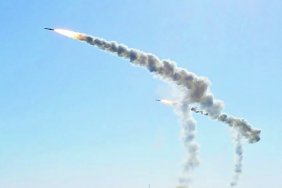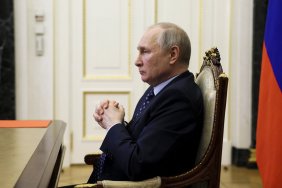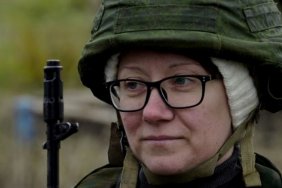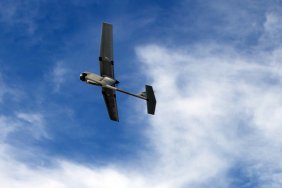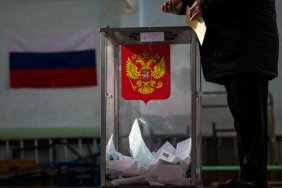Russian President Vladimir Putin may continue deploying a large group of troops near the Ukrainian border in order to have leverage to make demands.
U.S. Undersecretary of State Wendy Sherman stated this.
"Of course, there is the possibility that Putin will leave troops around Ukraine to intimidate and deter, trying to force concessions out. But it's hard to keep troops around Ukraine for months. And how long that can go on - I don't know," Sherman said.
It should be noted that according to the U.S. version, the active accumulation of Russian troops on the border has lasted almost four months; according to Ukraine, a significant portion of them have remained there since April 2021, which is more than 10 months.
"So it's important that we and Ukraine continue to exchange assessments on this. President Biden does it with President Zelensky; Secretary Blinken does it with Zelensky and Minister Kuleba; National Security Adviser Sullivan does it with Yermak. We will continue to exchange intelligence and data in order to understand what's going on there," Sherman added.
On the eve, NATO Secretary General Jens Stoltenberg said that he was cautiously optimistic about Russia's statements about its readiness to continue the dialogue, but, according to him, there are no signs of de-escalation on the ground yet.
Foreign Minister Dmitry Kuleba reportedly wants to see evidence of the withdrawal of Russian troops and only then can we talk about de-escalation.
The Russian Defense Ministry said Tuesday that units from the Western and Southern Military Districts are beginning their return from training to their bases by rail and road.
At the same time, Russian Defense Ministry spokesman Igor Konashenkov noted that the Russian military continues training in a number of areas.
